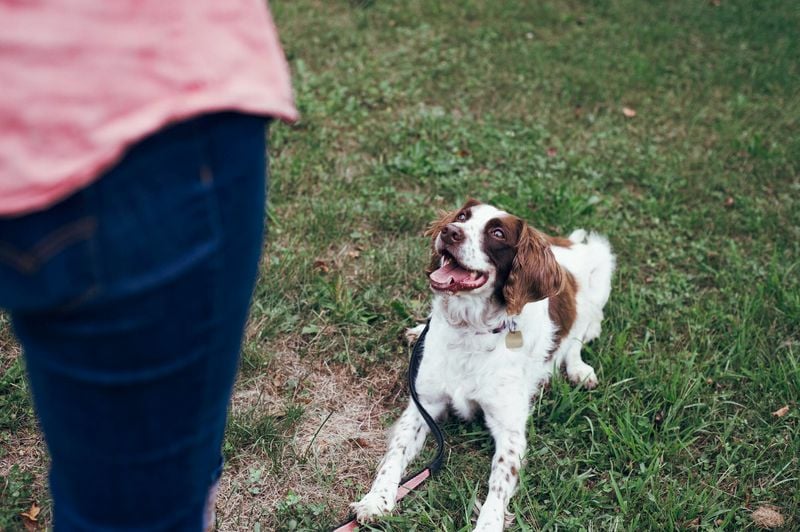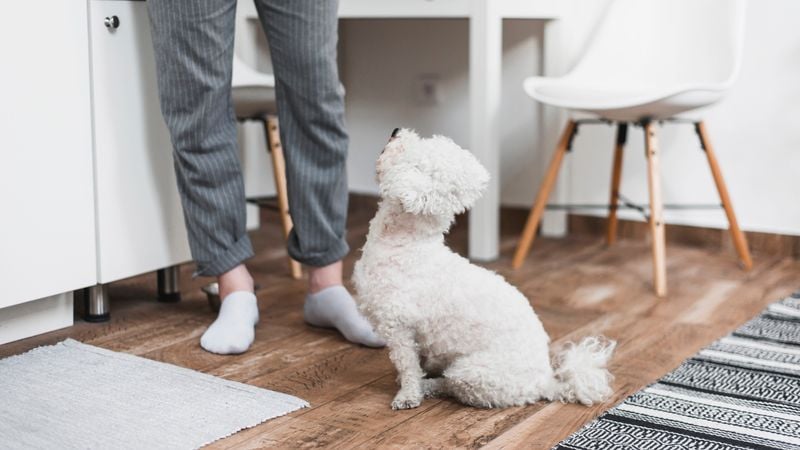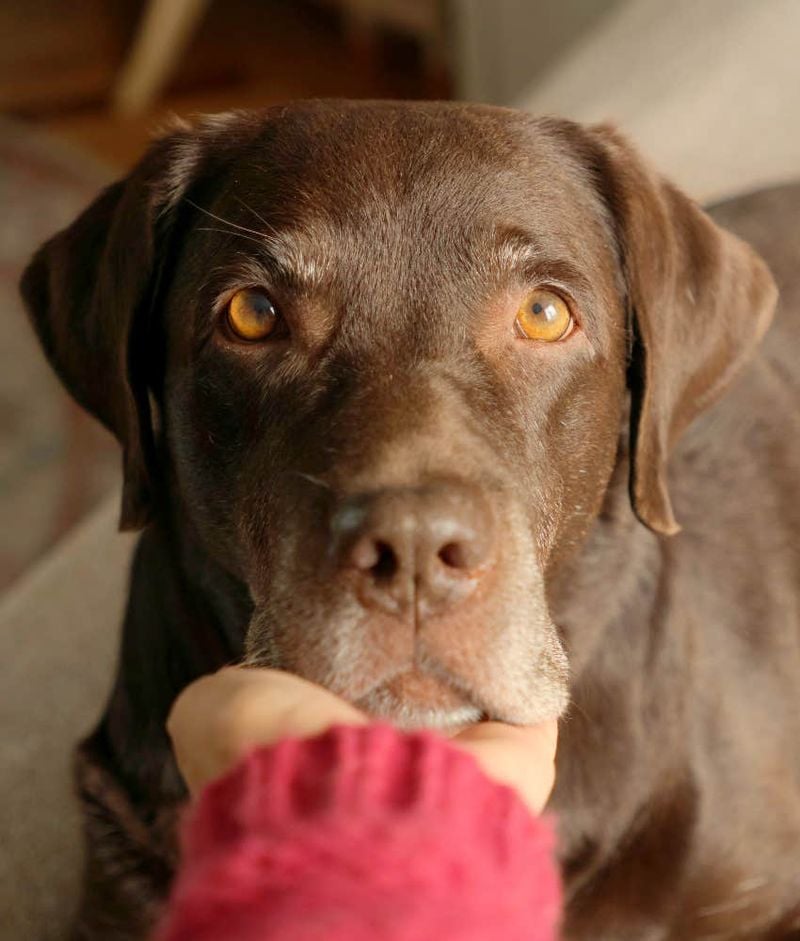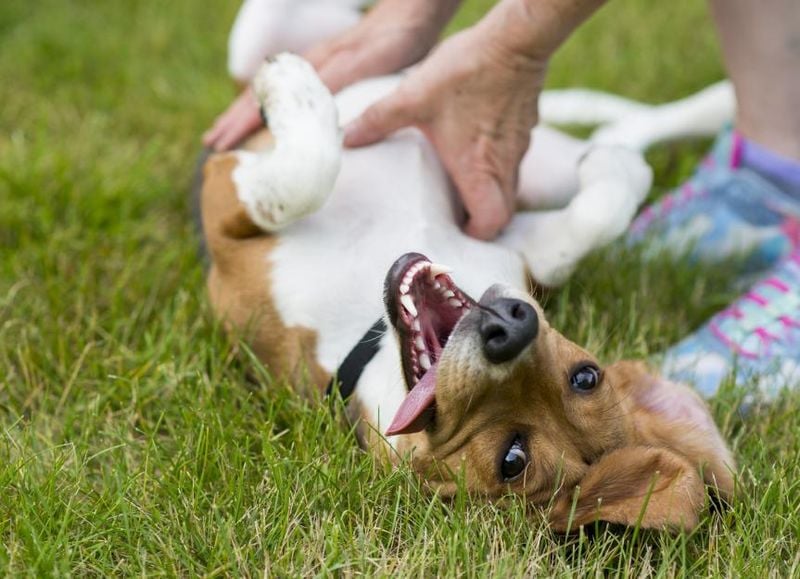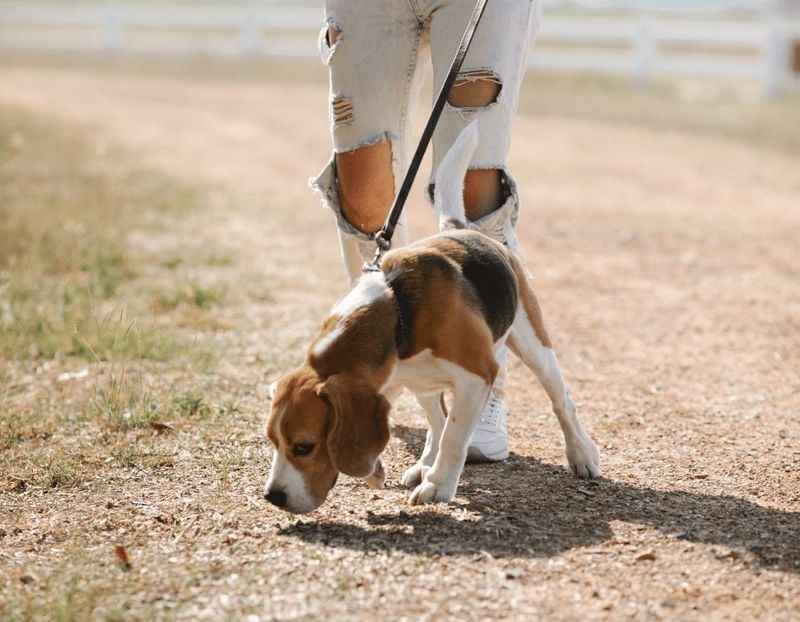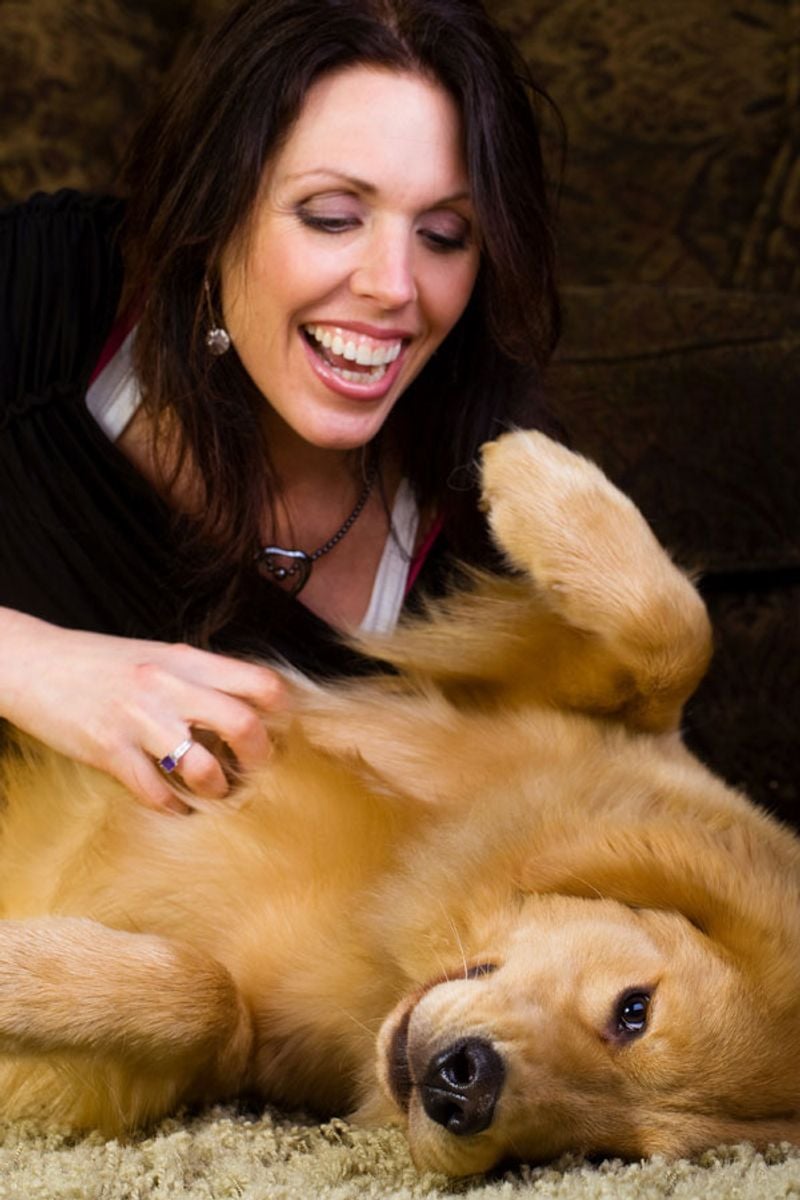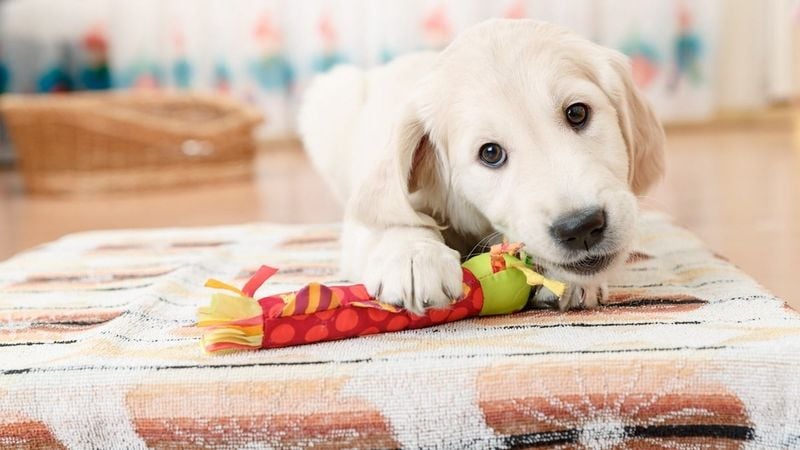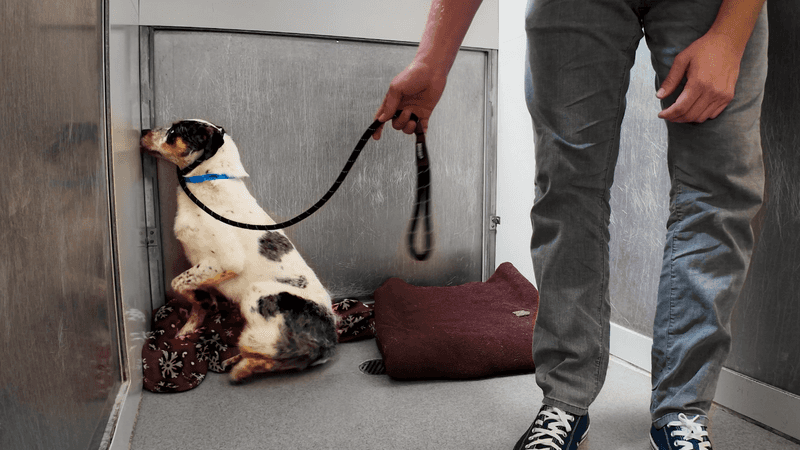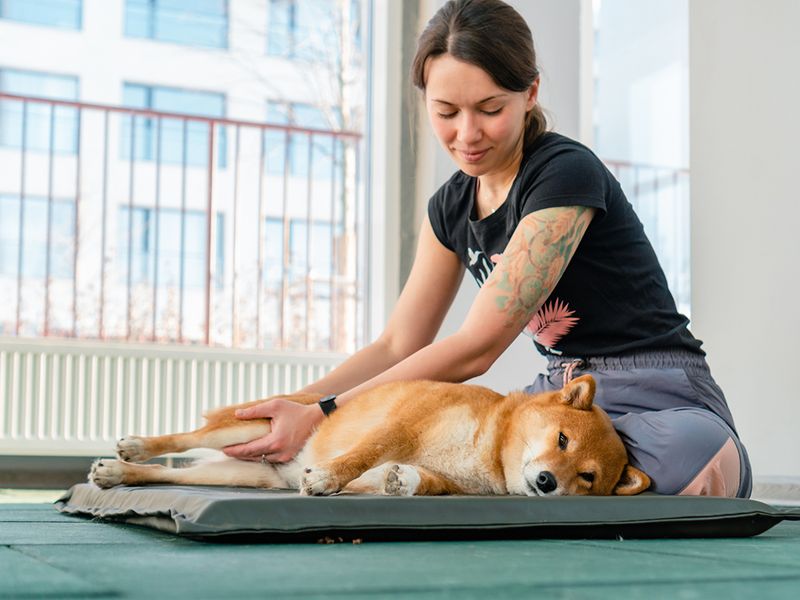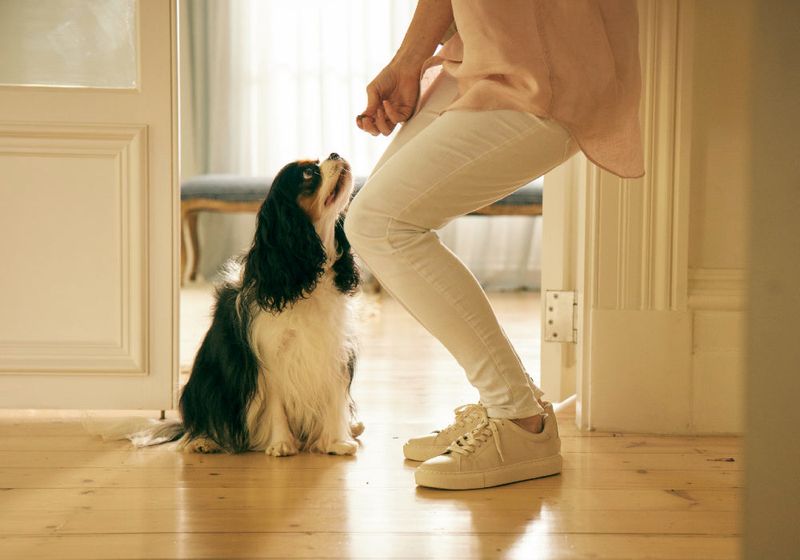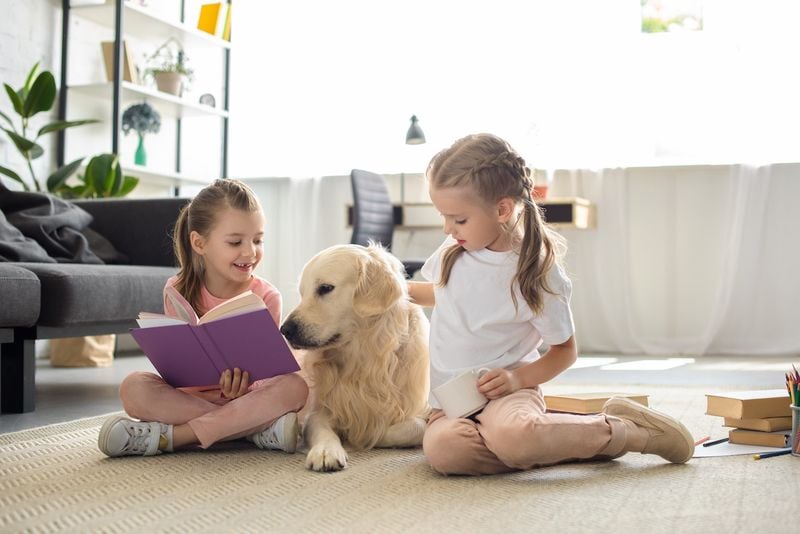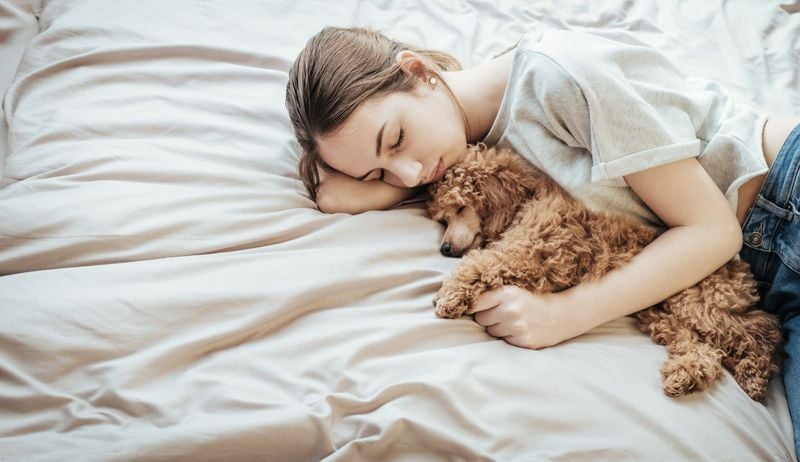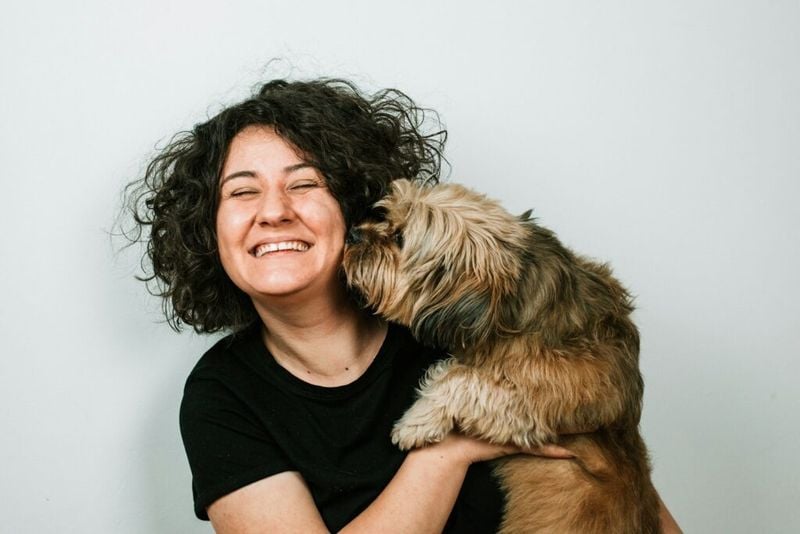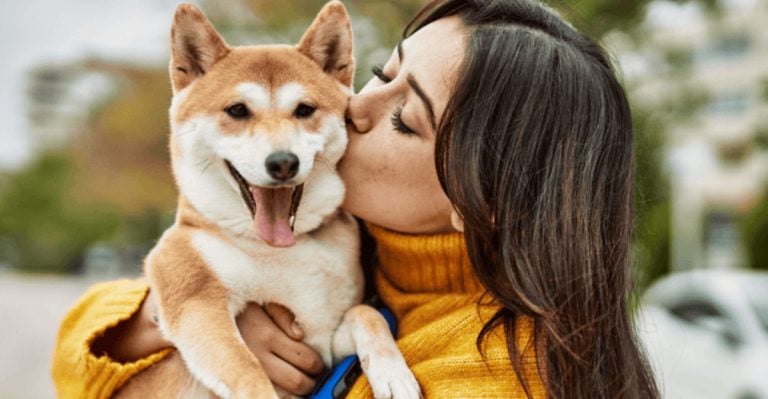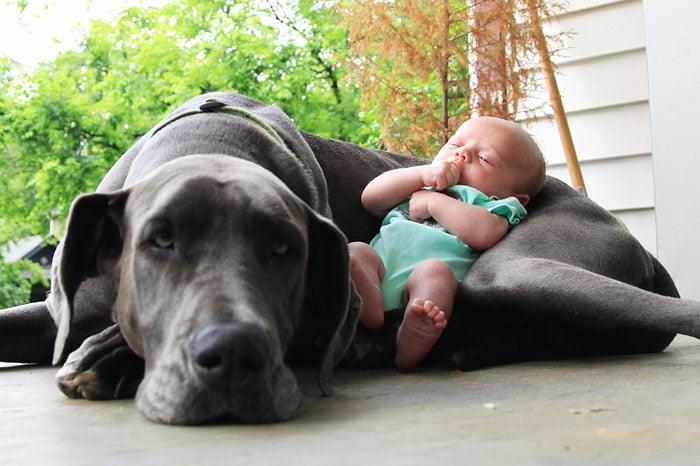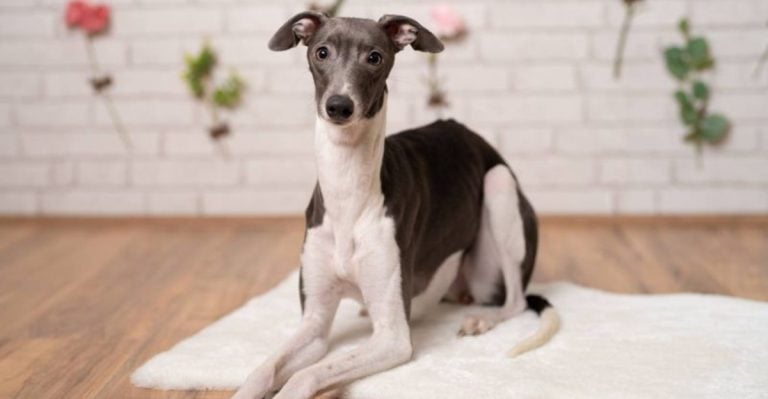14 Small Reassurances That Mean A Lot To Your Dog
Dogs might not speak our language, but they’re masters at interpreting our tone, body language, and energy.
What might feel like a tiny gesture to us—like a soft word or a gentle pat—can feel like a warm hug to a dog.
These little reassurances are the invisible threads that build trust, deepen bonds, and help our dogs feel secure in a world that often moves way too fast for their sensitive hearts.
Think about it: dogs are incredibly intuitive, yet they rely on us to make sense of their surroundings. When we show consistency, speak gently, or simply give them a minute to sniff a patch of grass, we’re saying, “I see you. You matter.”
And that message goes a long way. Especially in moments of stress—like vet visits, thunderstorms, or being left alone—these small signals can be the difference between spiraling into panic or feeling safe and grounded.
This article isn’t about grand gestures or elaborate training techniques. It’s about the small, everyday things that reassure your dog on a soul-deep level.
These actions are simple, often free, and don’t take much time—but they speak volumes in a dog’s emotional language.
Whether you’re a new pup parent or a lifelong dog devotee, these 14 small reassurances can become your secret toolkit for making your dog feel seen, safe, and loved.
The beauty is in the simplicity—because sometimes, it really is the little things that matter most.
1. A Calm, Gentle Voice
Your dog may not understand every word you say, but they absolutely understand how you say it. A calm, soothing voice works like magic to ease anxiety, especially in moments of tension—think thunderstorms, fireworks, or even just a trip to the vet.
Using a soft tone consistently tells your pup, “You’re safe.” Whether you’re saying their name or simply talking to them while cooking dinner, that relaxed pitch creates a peaceful vibe they can trust.
Dogs pick up on stress quickly, so keeping your voice steady can keep their emotions steady too.
2. Familiar Scents
Scent is your dog’s strongest sense—and your smell is their emotional anchor. Something as simple as a worn t-shirt can offer massive comfort, especially when you’re not home.
Leaving behind a shirt in their bed or crate when you’re away gives them a sense of presence, like you’re still with them. For dogs with separation anxiety, this trick can be more powerful than expensive gadgets or noise machines.
3. Consistent Routines
Dogs thrive on predictability. Having a daily routine—feeding, walking, playtime—helps your dog understand what to expect, which in turn keeps their stress levels low.
A structured day gives your pup a sense of control in a world where they rely on you for everything. Even small disruptions can throw them off. So sticking to a basic rhythm can work wonders for their overall happiness.
4. Eye Contact Without Intensity
While a hard stare can be threatening in dog language, soft, relaxed eye contact tells your dog that all is well. It’s a way of saying, “I’m here, and I’m not a threat.”
Next time you’re lounging with your pup, try gently meeting their gaze and giving a small smile. You might catch them doing the same, blinking slowly—doggy code for trust and love.
5. Touch and Physical Affection
A gentle pat on the head, a chest rub, or some snuggles on the couch go a long way. Physical contact isn’t just about bonding—it’s a deep emotional reassurance.
Some dogs lean into touch more than others, but nearly all of them feel safer when they have some form of gentle physical affection. It’s their version of emotional grounding, especially during moments of uncertainty.
6. Letting Them Sniff
Letting your dog sniff during walks might slow you down, but for them, it’s like reading the daily news. It’s how they understand the world.
Allowing that freedom isn’t just enriching—it’s also calming. When you stop rushing them and give them space to explore scents, you’re telling them their curiosity matters. That small gesture builds trust and helps regulate their emotions.
7. Verbal Praise
We often praise dogs for sitting or staying, but praise can be powerful even when there’s no trick involved. A simple “good boy” or “you’re doing great” in a warm tone can light up your dog’s world.
Dogs crave your approval. Hearing it in real time makes them feel secure and validated, especially when they’re unsure or navigating new situations.
8. Safe Zones
Every dog needs a space where they feel 100% safe. A quiet, cozy spot—like a crate, corner, or bed tucked away—gives them control over their environment when things get overwhelming.
During storms, loud parties, or unfamiliar guests, dogs often retreat to these areas for comfort. Knowing they have a guaranteed “escape hatch” can reduce anxiety before it even starts.
9. Acknowledging Their Fear
Sometimes our instinct is to ignore a scared dog to avoid reinforcing fear, but that approach often backfires. Acknowledging their fear with calm presence tells them it’s okay to feel afraid—and they’re not alone.
Comforting your dog with a soothing voice, light touch, or simply sitting nearby helps them process stress in a healthier way. You become their anchor in a storm of uncertainty.
10. Slow, Relaxed Movements
Quick or jerky movements can startle dogs, especially those who are shy, anxious, or unfamiliar with their surroundings. Moving slowly and deliberately reassures them you’re not a threat.
Whether you’re reaching to clip their leash or just walking past them in a tight space, smooth movements show respect for their comfort zone. It’s a silent but powerful way to say, “You’re safe with me.”
11. Predictable Goodbyes
Rather than making a big fuss when you leave, a calm and predictable goodbye—like a short phrase you always say—can soothe your dog. It signals consistency and reduces uncertainty.
Dogs often suffer from separation anxiety not because you’re leaving, but because they don’t know how long or why. Giving them a reliable parting ritual makes your absence less alarming.
12. Involving Them in Everyday Life
Dogs don’t always need constant attention—they just want to feel included. Letting them sit nearby while you fold laundry, cook dinner, or work at your desk is more meaningful than you might think.
These quiet moments make your dog feel like part of the “pack.” Their need to belong is deeply rooted, and just being in your presence can fill their emotional cup.
13. Letting Them Sleep Near You
Dogs are pack animals, and proximity equals security. Even if they’re not allowed in your bed, simply letting them sleep in the same room can ease nighttime anxiety.
That closeness says, “You’re part of the family.” For newly adopted dogs or pups adjusting to a routine, sleeping near their human provides unmatched comfort.
14. Smiling and Relaxed Energy
Dogs mirror our emotional state. If you’re tense or frustrated, they’ll absorb it. But if you smile and carry calm energy, it radiates to them like sunshine.
You don’t need to fake happiness—just be present and relaxed. Your dog picks up on that vibe and uses it to decide how they should feel, too. A peaceful you equals a peaceful pup.

